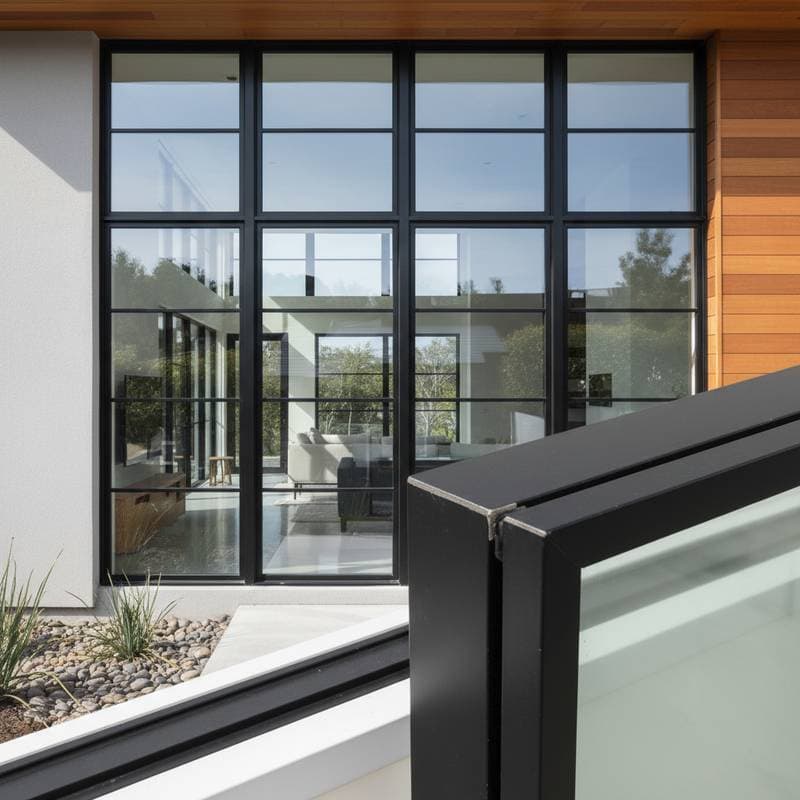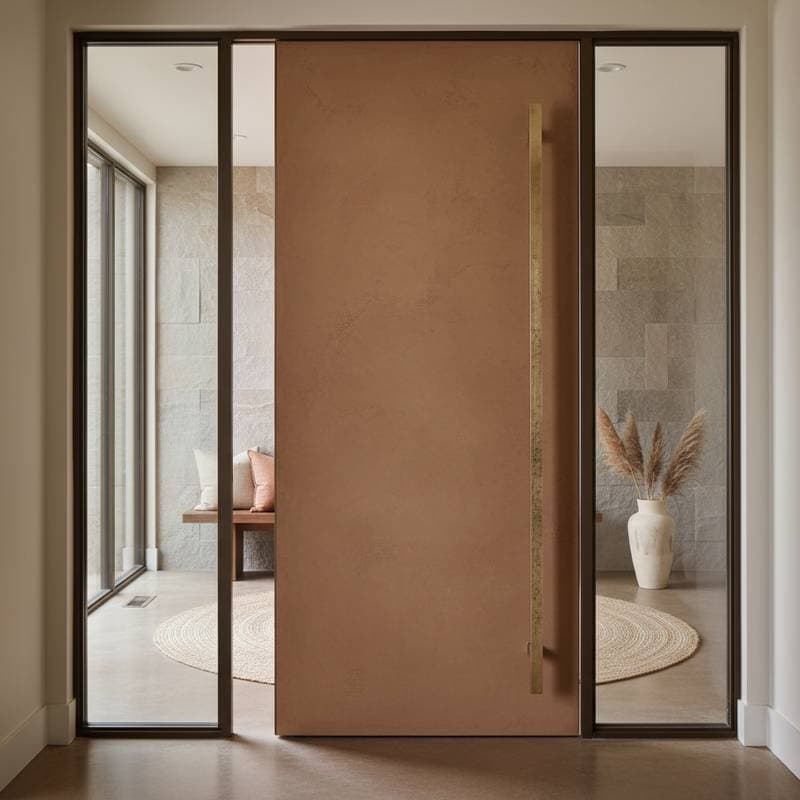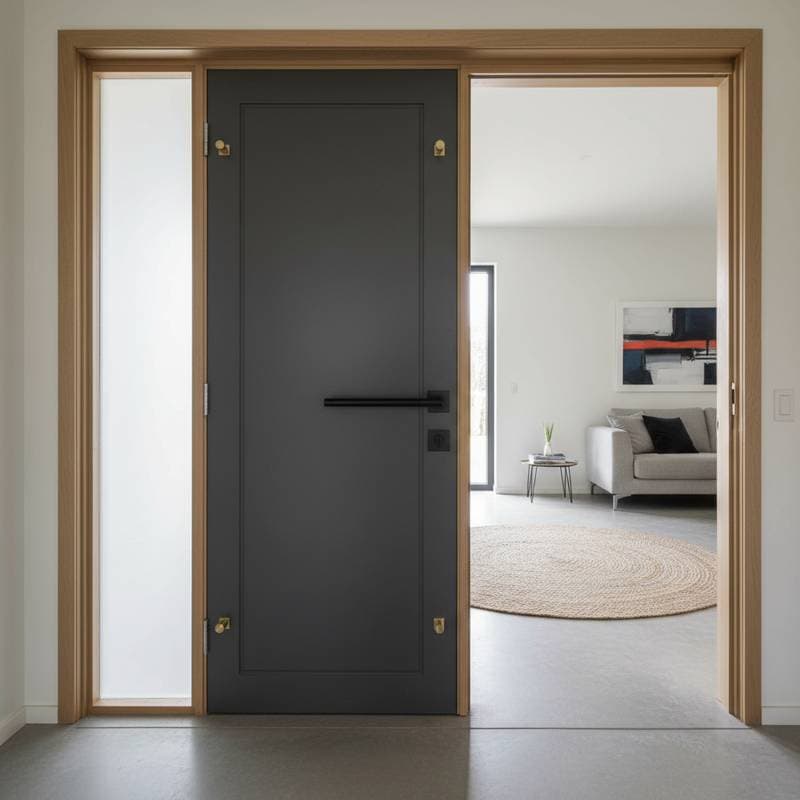Why Black Aluminum Windows Outlast Vinyl Frames
Homeowners today seek windows that combine reliable performance with striking visual appeal. Black aluminum windows emerge as a compelling option over vinyl, delivering slim profiles, exceptional strength, and a matte finish that complements diverse architectural designs. Although vinyl offers initial affordability, aluminum provides extended service life, enhanced resilience, and elevated design standards that boost both appearance and market value.
Key Material Properties
Aluminum and vinyl vary significantly in composition and behavior under daily use, upkeep, and weather exposure. Vinyl consists of polyvinyl chloride, a pliable substance that repels water and eliminates the need for painting. In contrast, aluminum employs a metal core for rigidity and resistance to deformation, with black variants featuring durable powder-coated surfaces that lock in color and block rust formation.
These traits determine suitability across climates. The inherent stiffness of aluminum accommodates oversized glass panes without distortion, supporting expansive installations like floor-to-ceiling views in contemporary spaces. Vinyl functions adequately in temperate zones yet experiences expansion or contraction during temperature fluctuations, potentially compromising seals and frame integrity over years.
Durability and Lifespan Comparison
Long-term robustness remains central to window selection. Aluminum frames demonstrate proven endurance against fractures, discoloration, and elemental damage. Vinyl withstands humidity effectively but risks brittleness in harsh cold or heat, where surface pigmentation may peel or dull.
Aluminum's baked-on coating endures impacts without flaking, unlike vinyl's embedded color that fades unevenly. Maintenance for aluminum involves simple wiping and occasional checks, seldom requiring touch-ups. Damaged vinyl often demands full replacement, whereas aluminum permits targeted refinishing to restore its original look.
Design and Integration Benefits
Black aluminum frames define contemporary aesthetics through narrow edges that maximize glass exposure and unobstructed vistas. The deep hue contrasts sharply with pale interiors or landscapes, imparting sophistication to facades and rooms alike. This choice aligns perfectly with modern, industrial, or minimalist themes, integrating into open-plan environments without overwhelming the space.
Vinyl options span multiple shades but feature broader frames that can disrupt visual balance. Material flexibility restricts frame thinness, leading to a heavier appearance in sleek settings. While vinyl suits classic residences, aluminum delivers a crisp, enduring elegance for forward-thinking upgrades.
Performance in Energy and Comfort
Insulation plays a vital role in choosing windows. Vinyl provides inherent thermal resistance as a non-metal, yet advanced aluminum designs incorporate thermal barriers to isolate inner and outer sections, minimizing conductive heat loss. Paired with high-performance glazing, aluminum matches or exceeds vinyl efficiency while upholding superior load-bearing capacity.
Consider the complete assembly beyond the frame alone. Options such as dual- or triple-pane glass, low-E treatments, and argon gas fills elevate insulation across materials. Aluminum's precision engineering ensures the frame enhances the home's broader energy strategy, promoting consistent indoor comfort.
Initial Investment Versus Long-Term Returns
Vinyl appeals to cost-conscious buyers with lower entry prices, ideal for straightforward renovations. Aluminum demands a greater upfront outlay owing to premium alloys and exacting fabrication processes. However, its prolonged durability and infrequent repairs offset this premium, often yielding savings within 15 to 20 years.
Black aluminum elevates resale potential through its association with luxury construction. Factor in operational efficiency, care requirements, and aesthetic uplift when calculating total costs. Such frames frequently recoup investments via improved energy bills and heightened property appeal.
Selecting and Installing for Optimal Results
Align choices with specific needs: vinyl serves well in modest, weather-mild settings prioritizing economy, while aluminum excels for enduring quality, precise detailing, and dramatic style. Consult structural assessments to decide between retrofit adaptations or complete overhauls.
Engage certified installers familiar with aluminum systems to secure airtight seals and insulation. During setup, verify joint integrity, alignment, and coating uniformity to prevent future issues. Post-installation, clean surfaces with gentle solutions and monitor weatherstripping annually; this routine sustains functionality and polish for generations, amplifying the home's refined character.






